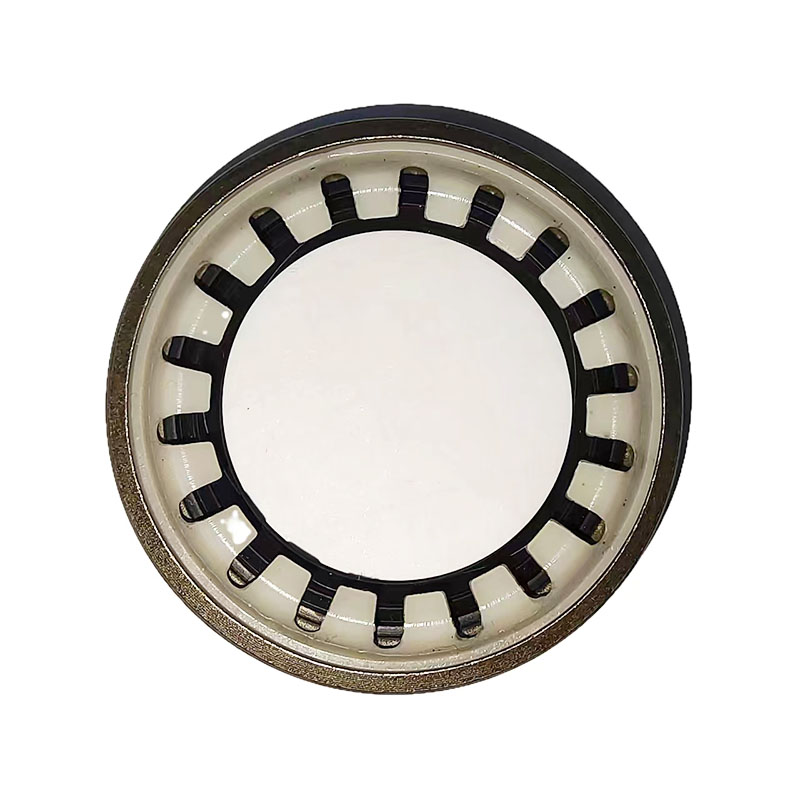m16x1 5 sump plug
Understanding the M16x1.5 Sump Plug A Key Component for Automotive Maintenance
In the realm of automotive maintenance, the sump plug is an essential component that often goes unnoticed until a critical moment arises. The M16x1.5 sump plug, in particular, serves as a crucial part of various vehicle types, from cars to motorcycles, facilitating the effective management of engine oil and ensuring optimal performance. Understanding its purpose, specifications, and maintenance can help vehicle owners avoid costly repairs and enhance overall engine longevity.
What is a Sump Plug?
A sump plug, sometimes referred to as an oil drain plug, is a small threaded component located at the lowest point of an engine's oil sump. Its primary function is to provide a means for draining the oil from the engine during routine maintenance, such as oil changes. The M16x1.5 specification refers to the size and thread pitch of the plug. The M indicates it is a metric thread with a nominal diameter of 16 mm and a thread pitch of 1.5 mm. These specifications are vital for ensuring a proper fit and preventing leaks.
Importance of the M16x1.5 Sump Plug
The M16x1.5 sump plug plays a significant role in the lifecycle of an engine. Regular oil changes are crucial for removing contaminants and maintaining engine health. A well-functioning sump plug ensures that oil can be drained efficiently and completely, allowing for fresh oil to be added without any residue affecting engine performance.
Moreover, the sump plug is also designed to withstand high temperatures and pressures. Properly sealing the oil sump is important not only to retain oil but also to prevent any leakage that could lead to serious engine damage. Choosing the correct sump plug, such as the M16x1.5, is essential for maintaining the integrity of the oil system.
m16x1 5 sump plug

Installation and Maintenance Tips
When it comes to installing an M16x1.5 sump plug, there are several important considerations. First and foremost, ensure that the threads on the plug and the sump are clean and free of debris. Contaminants can inhibit the plug's ability to create a proper seal. Additionally, using a new washer with the sump plug can further enhance sealing capabilities, preventing any potential leaks.
During installation, it is crucial not to overtighten the sump plug. Over-tightening can strip the threads or damage the oil pan, leading to costly repairs. The general guideline is to tighten the plug hand-tight, then use a wrench to give it an additional quarter turn without excessive force.
Maintaining the sump plug involves regular inspections. Vehicle owners should check for signs of wear and tear, such as deformation or corrosion, and replace the plug if any issues are present. Additionally, monitoring for oil leaks around the sump plug area can help catch potential problems before they escalate.
Conclusion
The M16x1.5 sump plug, although a small component, plays a monumental role in the overall maintenance and performance of an engine. Understanding its specifications, importance, and proper maintenance can significantly benefit vehicle owners. Ensuring that you have the right sump plug and periodically checking its condition will not only help in achieving smooth engine operation but can also save you from unforeseen repairs down the road. Next time you perform an oil change, take a moment to appreciate the humble sump plug and its contribution to the longevity of your vehicle.
-
The Ultimate Guide to Boat Propeller Bearings and Trailer Wheel Bearings
News Jul.31,2025
-
The Essential Guide to Marine Bearings and Boat Trailer Wheel Bearings
News Jul.31,2025
-
The Complete Guide to Heavy Duty Seals: Protecting Doors and Spaces Efficiently
News Jul.31,2025
-
Essential Guide to Marine Shaft Bearings and Boat Trailer Axle Bearings
News Jul.31,2025
-
Comprehensive Guide to Marine and Trailer Bearings for Safe Boating and Transport
News Jul.31,2025
-
Comprehensive Guide to Automotive Oil Seals: Protecting Your Engine and Shafts
News Jul.31,2025
-
Understanding Automotive Oil Seals: Essential Components for Engine and Shaft Protection
News Jul.30,2025
Products categories















